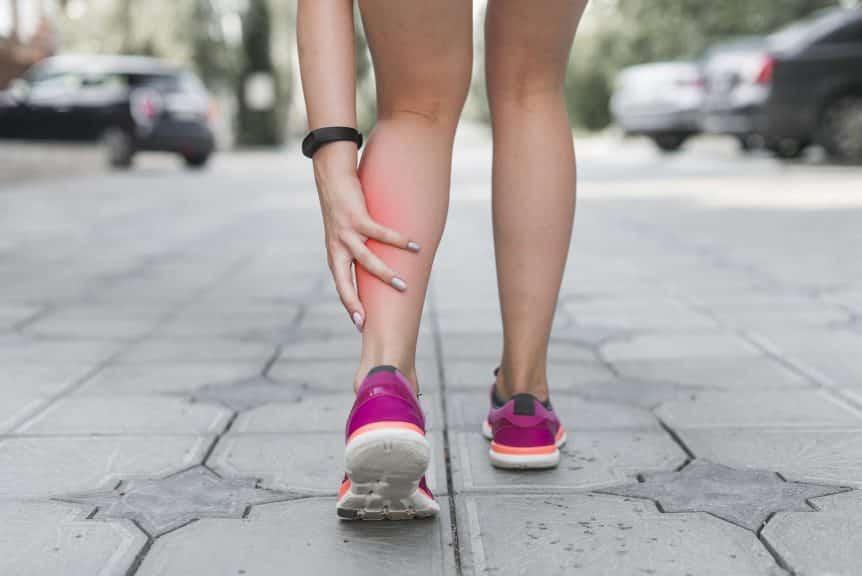
PAD and PVD: Are They The Same Thing?

The healthcare community just loves to use acronyms. While we get used to hearing these terms, we’re not always sure exactly what they stand for or mean. There’s no master list we can google to find out either. That’s because a single acronym can mean different things to different Healthcare professionals.
That’s the case with PVD. To some, it’s short for Peripheral Vascular Disease, a generic term referring to any disease of the blood vessels (arteries or veins) of the arms, legs, hands and feet. To others, PVD is short for Peripheral Venous Disease and is normally used along with PAD which is Peripheral Arterial Disease. Since we’ll be discussing arteries and veins in detail, we’ll use the more specific definition of PVD as Venous Disease.
Knowing what PAD and PVD stand for doesn’t explain what’s happening in our bodies, though. Arteries and veins can get a variety of diseases, but PAD and PVD usually refer to the chronic, progressive breakdown of the blood vessels. Everyone will have some degree of PAD and PVD by their 70s; our bodies aren’t invincible. Lifestyle choices and underlying medical conditions can cause the breakdown to accelerate and become problematic. That’s when we call it a “disease”.
The best way avoid PAD and PVD problems is to live a healthy lifestyle – balanced diet, exercise regularly, maintain a healthy weight and don’t smoke. I know we hear that all the time. Does it really matter?
Arteries and veins are pipes in the plumbing system of your body. When the heart pumps, it pushes blood through the arteries. That forces the blood already in your body to go up your veins back to your heart. Unlike the water in your house which is under the same pressure all the time, your blood speeds up every time the heart pumps, so arteries and veins expand and contract with each heart beat. The incoming water system in your house has several different filters to prevent particles in the water from getting into pipes. Sadly, your body does not. So particles in your blood, like excess fat and cholesterol, are pushed through the arteries. Those particles are kind of sticky so they try to stick to the artery walls. Once they do, they harden and your doctor calls it “plaque”. The hardened plaque prevents the artery from expanding as the heart pumps, which doctors call “atherosclerosis”. That makes the heart work harder to get the blood out which doctors call “hypertension”. It also slows the blood, which makes it easer for the particles to adhere, narrowing the opening for blood flow even further until you’re not getting enough blood in your arms or legs. At that point, you have PAD. Since the legs are longer than the arms and further from the heart, PAD usually appears in the legs first.
It makes sense that if there’s less blood through the arteries, there’s less pressure to push the blood back through the veins. And especially in the feet, gravity is trying to prevent the blood from going up. The inside of your veins are covered with little valves. When the blood starts to flow back, the valves close preventing the blood from going back to the feet. The more blood those valves have to hold and the longer they have to hold it, the more likely they are to fail and now you have PVD.
Eating a balanced diet is the best way to keep those particles out of your blood. Exercise gets your blood moving which can prevent some of the particles from adhering and get more blood into the extremities. Smoking prevents the blood from getting all the oxygen it should. And the more area the heart has to pump blood through, the harder it has to work, so obesity leads to early breakdown of the entire circulatory system.
Sadly for the chocoholics among us, yes, our best defense against PAD and PVD is a healthy lifestyle.
You Might Also Enjoy...


Why Do My Legs Hurt?

5 Ways to Stop Leg Pain

Should I Get a Second Opinion About Amputation?

